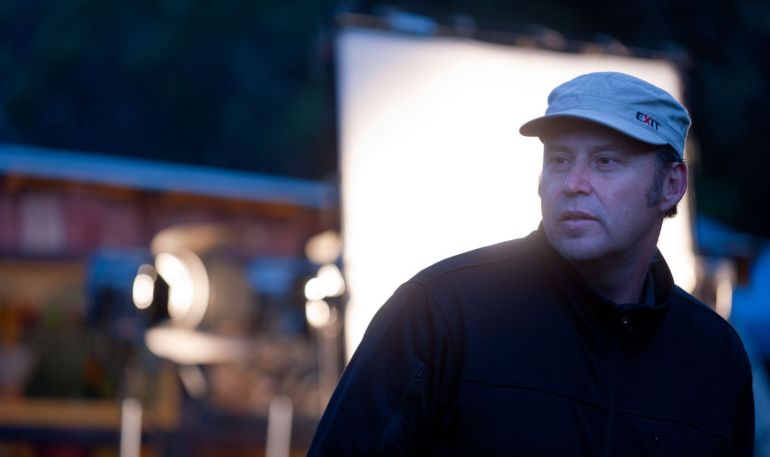Cinematographer Robert Humphreys ACS tells Brendan Swift why The Hunter may be the last film he shoots on 35mm, how computer-generated environments are being integrated with cinematography techniques and the rise of local genre films.
What is the current state of the film/TV industry?
When I shot Unfinished Sky a couple of years ago I thought that would be the last movie I would shoot on 35mm film, but three years later we’re back shooting The Hunter on anamorphic 35mm.
So I’m very nervous about making predictions on the current and future directions in cinematography. There is obviously an ever-growing trend toward digital filmmaking and distribution.
Maybe The Hunter will be the last film shot on 35mm film in Australia. I hope not.
What were the major trends in 2010 in cinematography?
I believe the biggest trend in cinematography will be toward greater integration of computer generated visual effects and location shooting.
Computer-generated environments save enormously in the production process. Much cheaper construction and set costs. Cheaper location costs. Little details, which used to be very expensive, like gunshots, fires, and explosions. Period details like power lines, TV antennas, cars, unwanted signs and so on can be easily created or removed digitally.
Previously, art department supplied dressing can now be inserted into shots made on location. For example, in The Hunter, expensive art department heavy sequences such as burnt out houses, rain, snow and set extensions including mountains can be easily created in post, saving enormous amounts of time and effort in the production schedule.
These effects, which used to require extensive pre-planning and shooting compromises (such as locking down the camera), can now be relatively easily inserted into moving and hand held shots. Almost unthinkable five years ago.
Robert Humphreys on the set of The Hunter. Photo by Matt Nettheim.
What might we see in 2011?
Cinematography itself hasn’t change much for decades. The tools are changing constantly but the job has stayed pretty much the same.
Cinematographers basically convert the text of a script into images using the director’s thoughts and vision as a filter. The tools of the trade are evolving constantly.
We will definitely be shooting exclusively with digital cameras soon. Digital cameras still have some limitations in their contrast range, colour rendition, exposure latitude and resolution. But the gap is reducing rapidly.
The introduction of the ARRI ALEXA recently has converted all but the staunchest supporters of the chemical world. But even the ALEXA doesn’t quite have film's contrast range and fine detail resolution.
It still has a strong digital ‘look’ in its reproduction of colour and its ability to see into the black, and quickly loose detail in high lights. For me the answer lies it not trying to match film's textural quality but embracing the HD ‘look’ and using it to enhance the stories we are visualising.
I don't think there are major trends in cinematography as such – mainly there are just major trends in the films being made, and it appears to me there is a strong shift to genre films such as horror and thriller films and romantic comedies.
These scripts dictate the trends in cinematography. Both styles of film lend themselves to digital acquisition more so than epic period films or expansive stories. Most genre films have a predominantly DVD based audience so again digital acquisition suits it well.



